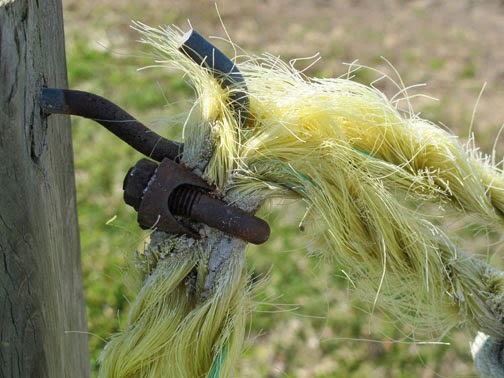Today I share with permission, two letters about the business of art. I'm sure some of you can relate. Feel free to share this post with others.
1. Letter from ceramic artist Tara Lynne Franco to the National Arts Centre Orchestra (shared on Facebook May 27, 2014)
After receiving yet another request to donate a piece of art and being asked to pay for the shipping of it to Ottawa, I've sent the following email to the Friends of the National Arts Centre Orchestra. Feel free to use this if you receive this request from them or from someone else.
Dear Friends of the National Arts Centre Orchestra,
Thank you for sending me the request for a donation as this gives me the opportunity to provide you with some information and provide an alternative arrangement.
As an arts organization I am sure you understand how difficult it is to make one's living from art - actually virtually impossible. Most artists live well beyond the poverty line yet are the people who are constantly asked for donations for fundraisers. It is a well know fact in the arts community that the "promotion" promised by the organizers rarely leads to future sales. Often the piece that is donated is sold for less than the retail value of the piece thus devaluing the work of art and the reputation of the artist. A tax receipt does not help either as most artists' income is so low it does not impact their income taxes. Despite this reality, from time to time I will donate a piece if it is a cause I support and does not cost me anything to do so.
May I suggest an alternative arrangement? If you are approaching corporate donors for your event, instead of them purchasing something random, why not suggest to them that they purchase a piece of art instead and provide them the list of artists you used to send out this email. This would be a win win to both the artist and the corporate donor.
Otherwise I am sorry I cannot help you. I have pieces that would be perfect for this event as well as beautiful photos that would compliment your catalogue, but I'm not in a position to donate them outright and pay for the shipping on top of that.
I hope you will take this suggestion seriously and understand why it is unfair request to ask artists to donate in this manner, especially ones who do not live in the Capital region.
Thank you,
2. Letter written by Cody Lanktree, a.k.a. videographer Hamiton Seen, for a friend (shared on Facebook April 2, 2013).
I wrote this for a friend who was approached to shoot and edit four videos at $25 apiece that would be a bargain at $500 apiece.
Dear ******,
I appreciate your interest in my work. I don't think that we're on the same page as far as costs go, and would love to explain why. When I go out to shoot something I bring thousands of dollars of equipment with me and utilize expertise gained over years of training and practice. That training and practice cost me tens of thousands of dollars. Afterwards, when I sit down to edit, I must do so on a cutting edge computer with tens of thousands of dollars of software on it.
I would love to be able to work for less than I do, but the amount of cost that exists in doing what I do properly is such that anything less than my minimum of (insert $) per day of shooting and (insert $) per day of editing results in me going without food.
Again, thank you for your interest, and if you would like to speak further about a way that you can accomplish what you need while I manage to be paid in a reasonable fashion, I am very open to it. I work very hard at what I do, and am pleased to be making a living at it.
Sincerely,
******




























